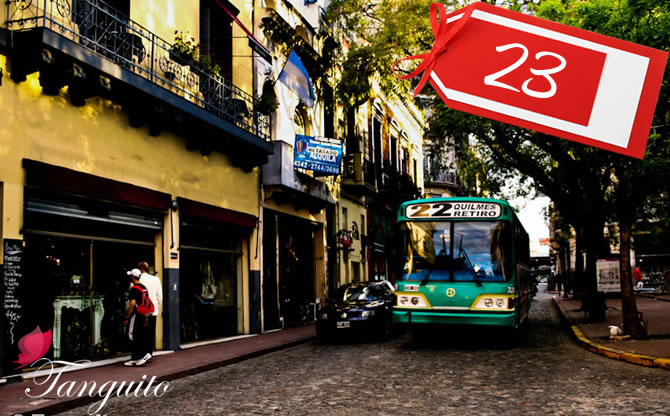Tango, as we know it today, is deeply rooted into the history of Buenos Aires, and its immigrants from Europe. So to truly understand tango and its origins, one needs to look at the city’s fascinating history itself, with its tragedies, its multicultural inhabitants, and various influences. How much do you know about Buenos Aires? Let’s time travel and see how it all started….
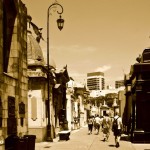 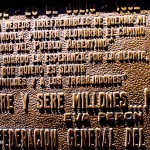 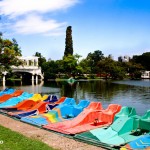
|
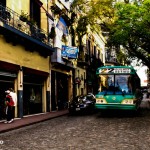 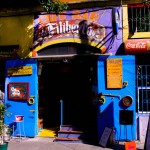 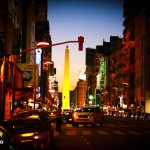
|
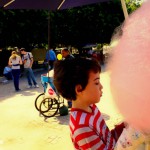  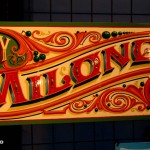
|
A history made of blood, tears, hope and fascination for the new world
On 2 February 1536, a Spanish expedition led by Pedro de Mendoza established the city of Buenos Aires as ‘Ciudad de Nuestra Señora Santa María del Buen Ayre’. This literally translates to ‘City of Our Lady Saint Mary of the Fair Winds’ and was named after ‘Our Lady of Bonaria’ (Patron Saint of the capital of Sardinia).
From its earliest days, Buenos Aires depended primarily on trade. Historically, Buenos Aires has been Argentina’s main venue for liberal and free-trade ideas, while many of the provinces, especially to the northwest, advocated a more conservative approach to political and social issues.
A leading destination for immigrants from Europe, particularly Italy and Spain, from 1880 to 1930 Buenos Aires became a multicultural city that ranked itself with the major European capitals. Buenos Aires also attracted migrants from Argentina’s provinces and neighboring countries.
Strongly influenced by European culture, Buenos Aires is sometimes referred to as the “Paris of South America“. The city has numerous museums related to history, fine arts, modern arts, decorative arts, popular arts, sacred art, arts and crafts, theatre and popular music, as well as the preserved homes of noted art collectors, writers, composers and artists.
The city is home to hundreds of bookstores, public libraries and cultural associations (it is sometimes called “the city of books”), as well as the largest concentration of active theatres in Latin America. It has a world-famous zoo and Botanical Garden, a large number of landscaped parks and squares, as well as churches and places of worship of many denominations, many of which are architecturally noteworthy. A whole lot going on there!
Buenos Aires architecture is characterised by its eclectic nature, with elements resembling Barcelona, Paris and Madrid. Italian and French influences increased after the declaration of independence at the beginning of the 19th century, though the academic style persisted until the first decades of the 20th century.
Nowadays, Buenos Aires is a thriving, bustling city that never sleeps. Locals (called ‘Porteños’ – people from the port) can be seen from early morning savouring ‘café con leche y media lunas’ – coffee with some local croissants, smaller and sweeter than their European’s counterparts. Diner never happens before 10pm or 11pm – anyone seen in a restaurant before that is a tourist. Nightlife really starts at 1 or 2am and ends… with café con leche y media lunas the next day. Tiring as it is, Buenos Aires quickly grows on any visitor.
Source: Please refer to our Credits page.
Abrazo,
Nati & Bruno

